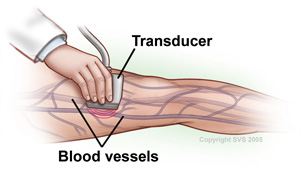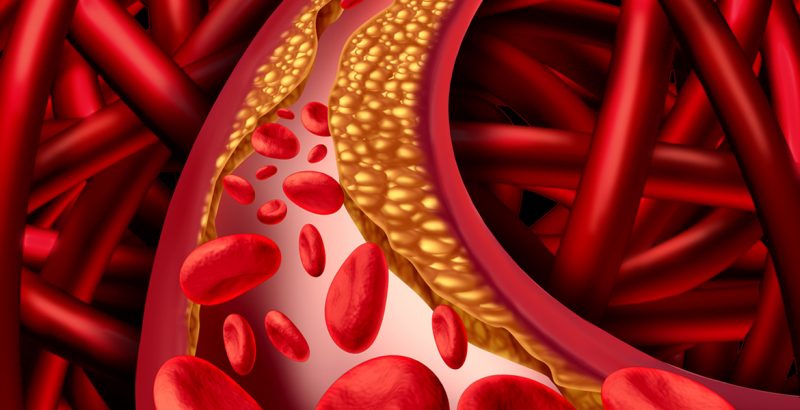For more information please visit our Educational Videos page.
Peripheral Arterial Disease (P.A.D.)
What is Peripheral Artery Disease or P.A.D.?
In its simplest form P.A.D. means that blood is not flowing normally through your arteries. P.A.D. can also be referred to as peripheral vascular disease, atherosclerosis, hardening of arteries or lack of circulation to extremities. But most often P.A.D. manifests itself through leg pain.
Your arteries deliver oxygen-rich blood from your heart to other parts of your body. Your peripheral, which means the outer limits/edge of something, arteries carry blood away from the heart to your extremities.
P.A.D. happens when arteries in the legs become restricted or clogged with fatty deposits. This plaque narrows the passage way within the arteries and causes them to become stiff causing leg pain. P.A.D. results when the arteries become too narrow or obstructed, limiting blood flow to the legs.
Left untreated, P.A.D. can cause leg pain, difficulty with walking, resting pain in the feet at night, non-healing sores or infections in the toes or feet and can lead to limb loss in its most severe form. A diagnosis of P.A.D. could also signify problems involving the heart (heart attacks), carotid arteries (stroke), and in intestinal/renal arteries (renal failure).
Peripheral Arterial Disease is a serious disease that is under diagnosed and under treated. Many people believe that pain in the legs or lower extremities is just another sign of aging, not realizing that it may be a warning sign for P.A.D.

Do I need a P.A.D screening?
If you are older than 50 years old, experiencing leg pain and have more than one of the following mentioned risk factors, talk to your doctor about PAD:
 Smoke (current or former)
Smoke (current or former) High Blood Pressure
High Blood Pressure Personal/Family History of Heart Attack or Stroke
Personal/Family History of Heart Attack or Stroke Diabetes
Diabetes High Cholesterol
High Cholesterol
Needed Tests

Ankle-Brachial Index (ABI)
You may be given an Ankle-Brachial Index (ABI) test to compare the blood pressure in your ankle and your arm, which are normally the same. If the blood pressure in your ankle is significantly lower, that could be a sign of narrowing leg arteries.
Doppler Ultrasound
Ultrasound helps determine blocked arteries. Often angiography helps find the specific location and pattern of blockages. Angiography means obtaining an image through x-ray. This helps specifically identify the best way to address and treat the blockage in the artery.
Testing can be done in the PVA Vascular Lab.

Treatments
Each patient should have their anatomy, symptoms and risks carefully analyzed to create an individualized treatment plan to improve circulation.


















